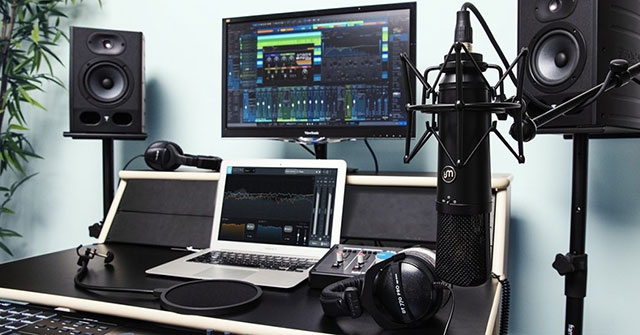 A home music studio is a space where musicians and producers can create, record and produce music. It can be a spare room in a house or apartment or a dedicated area in a professional studio. It's a place where artists can experiment with different sounds and ideas and bring their musical visions to life.
A home music studio is a space where musicians and producers can create, record and produce music. It can be a spare room in a house or apartment or a dedicated area in a professional studio. It's a place where artists can experiment with different sounds and ideas and bring their musical visions to life.
Having the right equipment is crucial for any home music studio setup. The quality of the equipment directly affects the quality of the music produced. The right equipment allows for better sound quality and clarity and ensures the music sounds professional and polished. It also allows for greater creativity and flexibility regarding the sounds produced.
This article aims to provide a comprehensive guide to setting up a home music studio, including choosing the right equipment, setting up the space and recording and mixing techniques. It will cover essential and advanced equipment, providing information on popular brands and models. The article will also cover troubleshooting and maintenance techniques, ensuring your home music studio runs smoothly and efficiently.
When setting up a home music studio, several factors must be considered. Choosing the right equipment is crucial, and it's essential to understand your needs, budget considerations and the market. It's also important to select a suitable studio room and consider acoustics and soundproofing. Once the space is set up, it's time to start recording and mixing, and we'll provide tips and techniques for achieving the best results.
By the end of this article, you'll have a comprehensive understanding of what it takes to set up a home music studio and produce high-quality music. We'll provide the necessary information and guidance to ensure you can make informed decisions when choosing equipment and setting up your studio space.
When choosing the right studio equipment for your home music studio, it's essential to understand your needs. What type of music do you produce? Do you require a lot of live recording equipment, or are you primarily working with software-based production tools? Understanding your needs will help you make the right decisions about the equipment you need to purchase. It's also important to consider your skill level and the projects you will likely undertake. For instance, you may not need the most advanced equipment if you're just getting started.
Budget considerations are also important when choosing studio equipment. High-quality equipment can be expensive, and it's essential to have a realistic budget before making any purchases. Considering the long-term costs associated with equipment maintenance and upgrades is also necessary.
Researching the market is crucial when choosing the right studio equipment. Many brands and models are available, each with unique features and price points. It's essential to research, read reviews and compare prices before making any purchases. It's also important to keep an eye out for sales and promotions, as you may be able to save money on high-quality equipment.
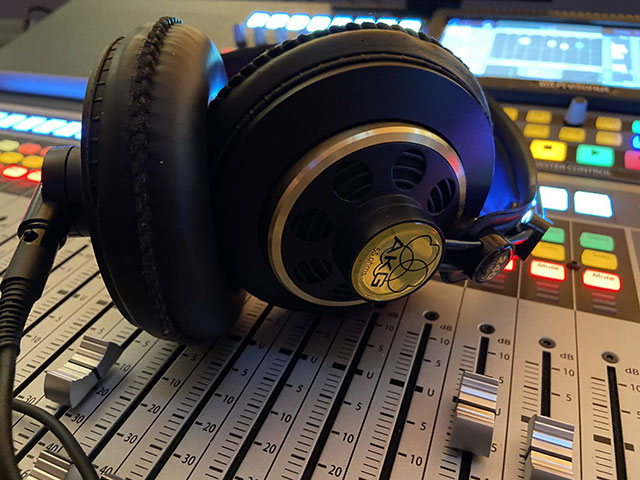 Many popular studio equipment brands and models are available, and choosing the right ones can be daunting. The most popular brands include Yamaha, Focusrite, AKG, Shure and Neumann. These brands offer a range of equipment, from microphones and monitors to mixers and MIDI controllers. Regarding specific models, some of the most popular include the Yamaha HS8 Studio Monitor, the Focusrite Scarlett 2i2 Audio Interface and the AKG K240 Studio Headphones. Choosing equipment that suits your needs and budget and provides the necessary quality and features to produce high-quality music is essential.
Many popular studio equipment brands and models are available, and choosing the right ones can be daunting. The most popular brands include Yamaha, Focusrite, AKG, Shure and Neumann. These brands offer a range of equipment, from microphones and monitors to mixers and MIDI controllers. Regarding specific models, some of the most popular include the Yamaha HS8 Studio Monitor, the Focusrite Scarlett 2i2 Audio Interface and the AKG K240 Studio Headphones. Choosing equipment that suits your needs and budget and provides the necessary quality and features to produce high-quality music is essential.
Purchasing the right studio equipment is crucial when setting up a quality home music studio. Understanding your needs, budget considerations and researching the market are all essential factors to help you do this. Buying popular brands and models with high-quality equipment offering features suited to your needs is also necessary. By following these guidelines, you'll be well on your way to creating a home music studio that produces professional-quality music.
As we've seen, when setting up a home music studio, it's essential to have the right equipment to get the best possible results. Below are the vital pieces of equipment you need for your home music studio:
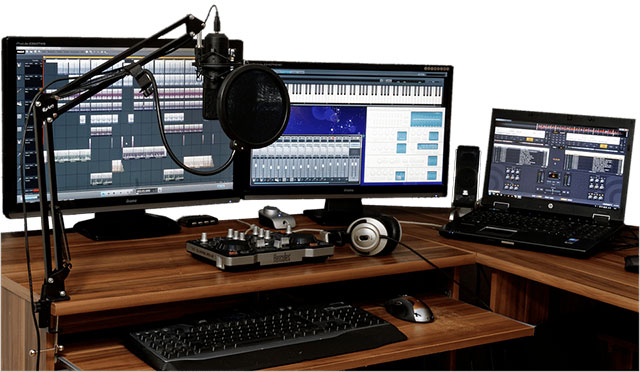 The first piece of equipment you'll need is a computer or laptop. This will be the brain of your home music studio, where you store and process your audio files. Consider the processing power and memory capacity when choosing a computer or laptop. You'll need a computer that can run multiple audio plugins and software without slowing down or crashing.
The first piece of equipment you'll need is a computer or laptop. This will be the brain of your home music studio, where you store and process your audio files. Consider the processing power and memory capacity when choosing a computer or laptop. You'll need a computer that can run multiple audio plugins and software without slowing down or crashing.
A Digital Audio Workstation (DAW) is a software application for recording, editing and producing audio files. It's the most critical software for your home music studio. There are several DAWs available on the market, such as Pro Tools, Logic Pro X, Ableton Live, FL Studio and more. Choose a DAW that suits your needs and is compatible with your computer or laptop.
An audio interface is a hardware device that connects your microphones, instruments and other audio sources to your computer or laptop. It converts analog audio signals into digital signals that your computer can process. When choosing an audio interface, consider the number of inputs and outputs you need, the quality of the preamps and the compatibility with your DAW.
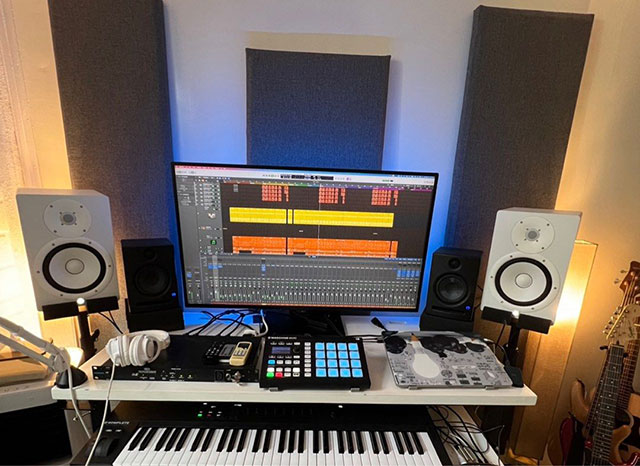 Studio monitors are speakers designed specifically for music production. They are designed to provide accurate and flat frequency response, so you can hear your music as it's intended to sound. When choosing studio monitors, consider the size of your room, the type of music you produce and your budget.
Studio monitors are speakers designed specifically for music production. They are designed to provide accurate and flat frequency response, so you can hear your music as it's intended to sound. When choosing studio monitors, consider the size of your room, the type of music you produce and your budget.
Microphones are essential for recording vocals, acoustic instruments and other sound sources. Several types of microphones are available, such as condenser, dynamic and ribbon. When choosing a microphone, consider the kind of sound you want to record, the polar pattern and the sensitivity.
Headphones are essential for monitoring your recordings and mixing your music. They are particularly useful when recording vocals or instruments in a noisy environment. When choosing headphones, consider the type of music you produce, the comfort and the sound quality.
Finally, you'll need cables and accessories to connect all your equipment. Make sure to choose high-quality cables that can transmit audio signals without interference. Other essential accessories include microphone stands, pop filters and shock mounts.
Overall, having the right equipment is essential for setting up a home music studio. By choosing the right computer, DAW, audio interface, studio monitors, microphones, headphones and cables, you can ensure that you have everything you need to create professional-quality music.
As you become more experienced with home music production, you may want to expand your setup with more advanced equipment. Here are some essential pieces of advanced equipment that you may want to consider adding to your studio:
MIDI controllers allow you to create and manipulate music digitally using software or hardware. They typically feature a keyboard, drum pads, knobs and sliders that can be assigned to different functions within your DAW. MIDI controllers come in various sizes, from compact mini controllers to larger, full-sized keyboards. You may consider a MIDI controller with drum pads, faders and assignable knobs depending on your needs.
Synthesizers are electronic instruments that allow you to create many sounds using oscillators, filters and other components. They come in various types, including analog, digital and hybrid synthesizers. Analog synthesizers use electrical circuits to create sounds, while digital synthesizers use computer algorithms. Hybrid synthesizers combine the best of both worlds. Synthesizers can be controlled using MIDI or played using a keyboard.
Drum machines are electronic devices that allow you to create beats and rhythms. They can be programmed using step sequencers or played live using pads or MIDI controllers. Drum machines typically come with a library of preset sounds, but many also allow you to load your samples. Some drum machines even allow you to create your sounds using synthesis.
If you're a guitarist, you may want to consider adding a guitar amp simulator to your setup. Guitar amp simulators allow you to recreate the sound of classic amplifiers and effects using software or hardware. They can be used for recording, practicing, or playing live. Some guitar amp simulators have built-in effects, such as reverb, delay and distortion.
Outboard gear refers to any hardware used outside your computer, such as compressors, equalizers and effects processors. These devices can add warmth, depth and character to your recordings. They come in various formats, including rack-mounted units, pedals and desktop units. When choosing outboard gear, it's essential to consider the sound quality, features and compatibility with your existing setup.
Adding advanced equipment to your home music studio can help you take your productions to the next level. Whether you're looking to create complex soundscapes, intricate beats, or authentic guitar tones, a wide range of advanced equipment is available to suit your needs.
When setting up a home music studio, the first thing to consider is the room you'll be working in. Ideally, you want a quiet, spacious room away from distractions. The room should also have good natural acoustics or be able to be treated with acoustic treatment. Choose a room with as few windows as possible, as these can reflect sound and create unwanted echoes.
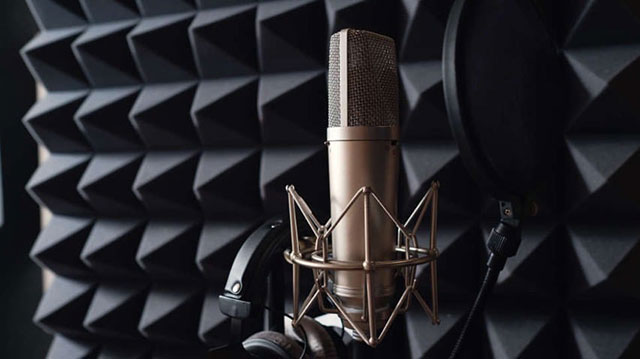 Acoustics and soundproofing are critical components of any home music studio. To achieve optimal sound quality, you'll want to minimize sound reflections and control the amount of sound that enters or leaves the room. One way to accomplish this is by using acoustic panels to absorb and diffuse sound. You can also add bass traps in the room's corners to control low-frequency sound waves. To soundproof your studio, consider using thick curtains, foam mats, or even building a separate room within a room.
Acoustics and soundproofing are critical components of any home music studio. To achieve optimal sound quality, you'll want to minimize sound reflections and control the amount of sound that enters or leaves the room. One way to accomplish this is by using acoustic panels to absorb and diffuse sound. You can also add bass traps in the room's corners to control low-frequency sound waves. To soundproof your studio, consider using thick curtains, foam mats, or even building a separate room within a room.
Once you've chosen and treated a suitable room acoustically, it's time to set up your equipment. Start with your computer or laptop, which will serve as the backbone of your home music studio. Make sure it has the necessary processing power and memory to handle large audio files and software applications. Next, you'll need a digital audio workstation (DAW), software that allows you to record, edit and mix your music. Many different DAWs are available on the market, so choose one that fits your needs and budget.
After setting up your computer and DAW, it's time to connect your audio interface. An audio interface is a device that connects your computer to your studio monitors, microphones and other equipment. Choosing an audio interface with high-quality preamps and converters is essential to ensure the best sound quality.
Once your audio interface is set up, it's time to connect your studio monitors. Studio monitors are specialized speakers that are designed for accurate sound reproduction. Place them at ear level, equidistant from each other and angled slightly towards your listening position.
Next, connect your microphones and headphones. Microphones are essential for recording vocals and acoustic instruments, while headphones can help monitor and edit your recordings. When choosing microphones, consider their polar patterns, frequency response and sensitivity. For headphones, look for a pair that is comfortable for extended periods and has accurate sound reproduction.
Finally, ensure you have all the necessary cables and accessories, such as XLR cables, instrument cables and pop filters. These items may seem like small details, but they can make a big difference in the overall sound quality of your recordings.
To create a productive and comfortable space in your home music studio, consider the following tips:
Recording and mixing techniques are crucial for achieving high-quality recordings in your home music studio. Here are some tips and techniques to help you get the most out of your equipment:
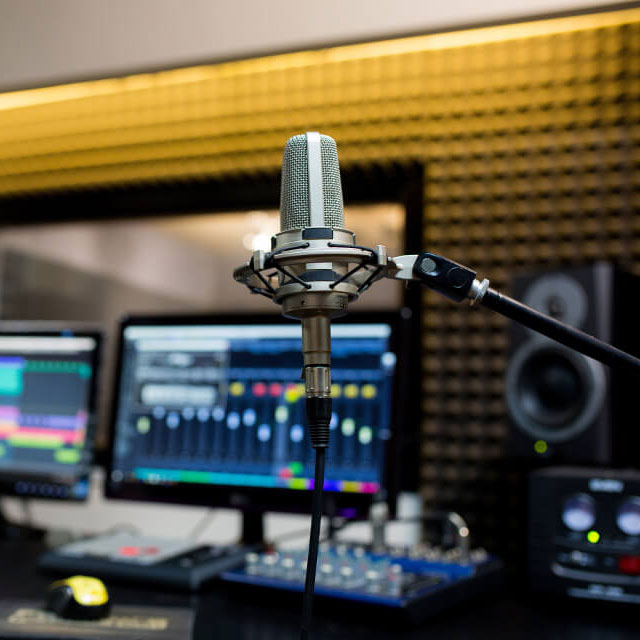 When recording music in your home studio, it's essential to have a good understanding of basic recording techniques. Here are some tips to help you get started:
When recording music in your home studio, it's essential to have a good understanding of basic recording techniques. Here are some tips to help you get started:
The placement of your microphone can have a significant impact on the sound of your recordings. Here are some tips for microphone placement:
Once you've recorded your tracks, it's time to mix them to create a cohesive sound. Here are some tips for mixing your recordings:
Mastering is the final step in the recording and mixing process. It involves preparing your recordings for distribution by creating a consistent sound across all tracks. Here are some mastering tips:
You can achieve high-quality recordings in your home music studio using these recording and mixing techniques.
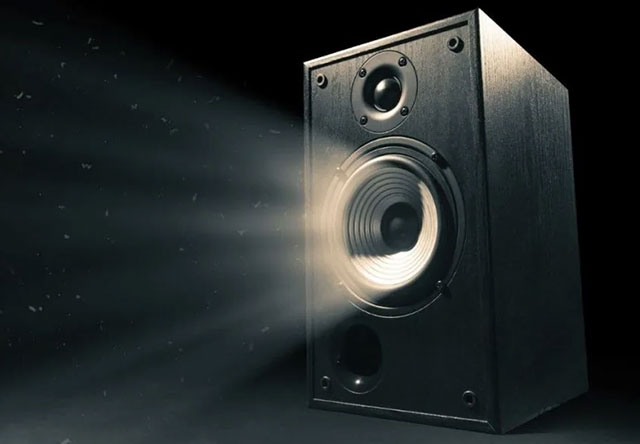 You must be prepared for potential problems when considering your home music studio. While many issues can be avoided with proper setup and maintenance, there are some common problems that you may encounter. Here are a few common issues and their potential solutions:
You must be prepared for potential problems when considering your home music studio. While many issues can be avoided with proper setup and maintenance, there are some common problems that you may encounter. Here are a few common issues and their potential solutions:
In addition to addressing specific problems, there are also some general tips for troubleshooting and maintaining your home music studio:
This article has covered everything you need to know about setting up your home music studio. We've looked at the different types of equipment you'll need, from the essential basics to the more advanced gear, as well as the various techniques and tips for recording, mixing and troubleshooting.
Building a home music studio can be an enriching experience for any musician. With the right equipment and some know-how, you can create high-quality recordings and express yourself creatively in ways you never thought possible. It may seem daunting initially, but with some research and hard work, you can create a space where your musical ideas can come to life.
So what are you waiting for? Start building your home music studio today and create music representing your unique sound and style. Whether you're a seasoned musician or just starting, there's no better time to take the first step toward making your musical dreams a reality. The possibilities are endless with the right equipment and some passion for music.